How Activated Charcoal can Help with Parvovirus
How Activated Charcoal can Help with Parvovirus Parvovirus is a disease that attacks the small intestine lining, causing it to…
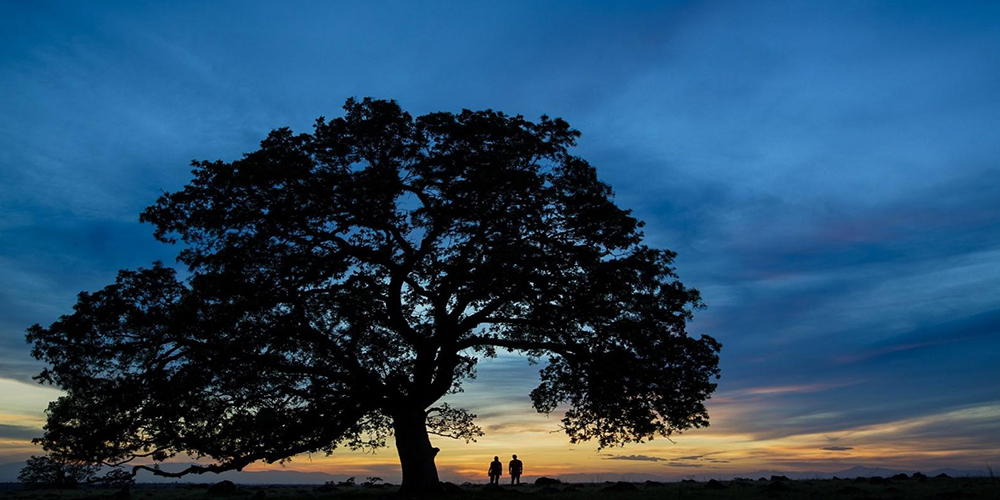
Topsoil erosion threatens our ability to produce food.
It is estimated that there is only 60 years of farmable soil left on the planet, mostly due to unsustainable farming practices, e.g. heavy tilling, the use of pesticides and herbicides. Earth has lost a third of its farmable soil in the last 40 years, if we do not repair the soil we will end up in a worldwide catastrophe.
Agriculture is the most destructive human activity on the planet; can we feed the world without destroying it? Yes, we can, by using natural biological processes that can accelerate the regeneration of soil, and by limiting the machinery and chemicals that we use, we can improve our chances in a matter of days, by doing something that would normally take decades or hundreds of years to do. In a handful of healthy soil there are more microbes than there is people on the entire earth.
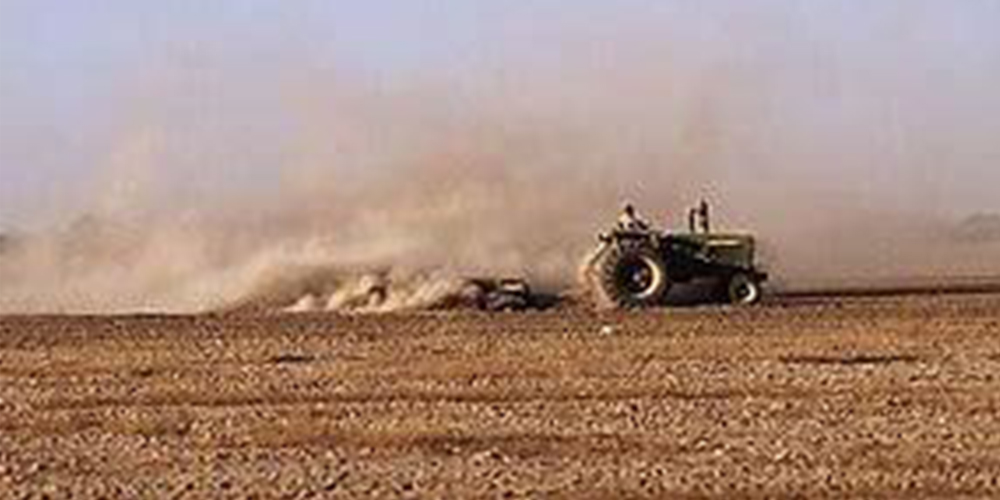
So, what is the difference between Dirt and Soil?
Dirt = dead
Dirt is made up of 3 main mineral components, sand, silt, and clay. Mixed in different ratios, all the world’s dirt is derived from these components.
Sand, Silt,+ Clay in various ratios = Dirt.
It is purely a collection of minerals that vary throughout the planet based on the parent material present locally. Dirt lacks organic material- its purely minerals, devoid of life, its dead. So what causes some of the most fertile soil in the world to become devoid of life and turn into dirt?
Tillage!
Destruction of soil and ecosystems, herbicides, and pesticides( linked to bee decline, our most important pollinators)
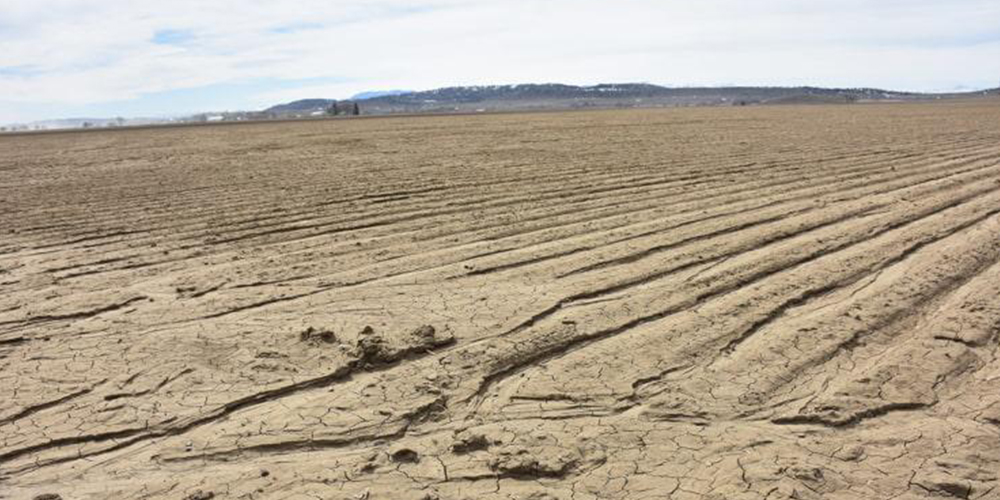
Soil = living
The perfect medium for growing plants.
Soil starts as dirt (minerals, sand, silt, and clay) but it has organic matter and aerobic organisms ( ones which need oxygen).
The organisms in the soil are collectively known as the soil food web and are the most fundamental elements to animals, (yes and humans!) survival on earth.
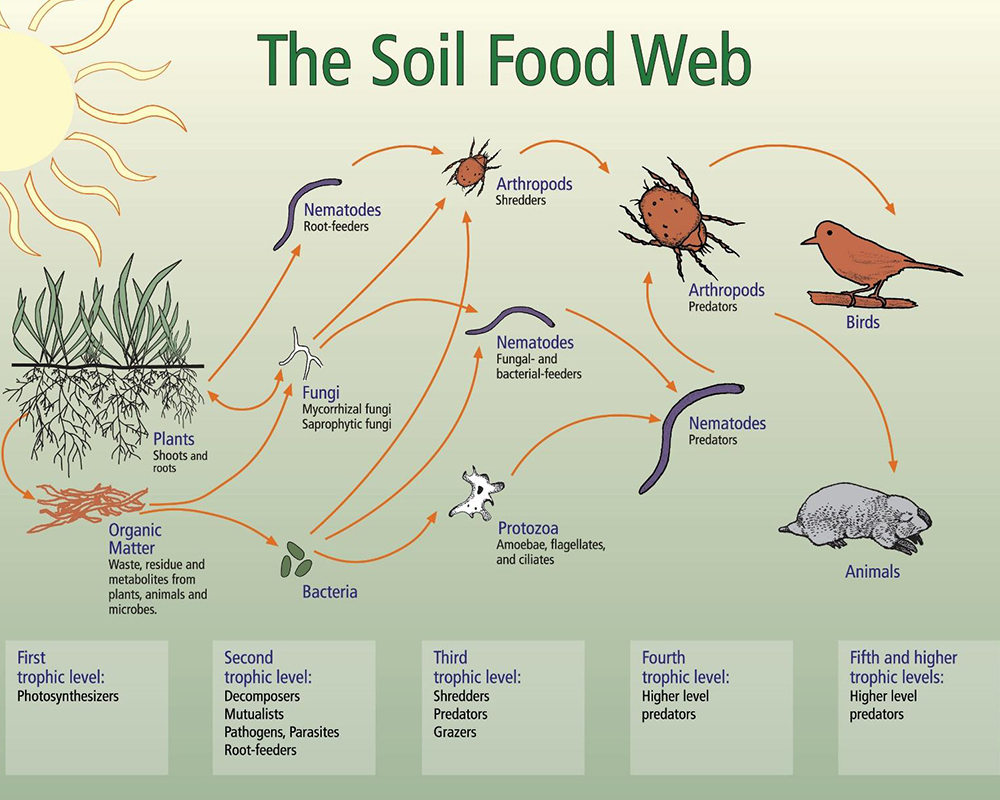
The soil food web mimics the trophic food webs we learnt about in school – insects eat plants, birds eat insects, birds are eaten by predators and so on and so forth. As you go up the food chain, more complex relationships form, but all are dependent on the bottom of the food chain as the foundational elements.
In the soil food web, bacteria and fungi are the primary feeders. They can break down the minerals in the soil (sand, silt and clay, organic matter, & organisms) and turn them into food. From there the higher-level predators ( flagellates, amoeba, ciliates, and nematodes) feed on the bacteria and fungi. These higher-level predators exude waste in the form of plant available nutrients in what is known as the “poop loop”.
It is these interactions that feed plants. Bacteria and fungi form mutualistic relationships with plant roots that allow an exchange of nutrients. The protozoa “ poop” out nutrients that feed the plants at root level.
You can’t have soil without dirt, but you can have dirt that’s not soil!
Additionally- organisms in the soil provide the added benefits of creating soil structure by creating aggregates in the soil, holding nutrients in plant available form, and retaining water for longer within the soil.
Dirt has no structure, causing nutrients to leach out. As water flows through dirt, there is no structure or organic matter to help hold the water, and it flows right through, taking movable silt and clay with it, causing erosion.
No benefits, Lots of problems!
How do we turn Dirt into Soil?
Soil = Dirt (sand, silt, clay + organic matter + aerobic organisms ( ones that need oxygen to survive)
All we need is 2 simple materials to turn dirt into soil= Compost + Biochar. Compost has organisms and organic matter which improve soil fertility and adds organic matter.

Biochar stabilizes the soil aggregate and increases porosity and aeration, which encourages microbial growth, significantly improves its ability to hold moisture and nutrients, reducing the need for fertilizers and pesticides.
Biochar is a stable solid rich in carbon and can endure in soil for thousands of years. It will improve soil quality for generations to come. Created by heating up organic materials to an extremely high consistent temperature in the absence of oxygen. This extreme heat breaks down the materials into carbon.
There are microscopic channels throughout all the tiny carbon particles. These tiny channels hold water and nutrients, so Biochar literally supercharges soil.
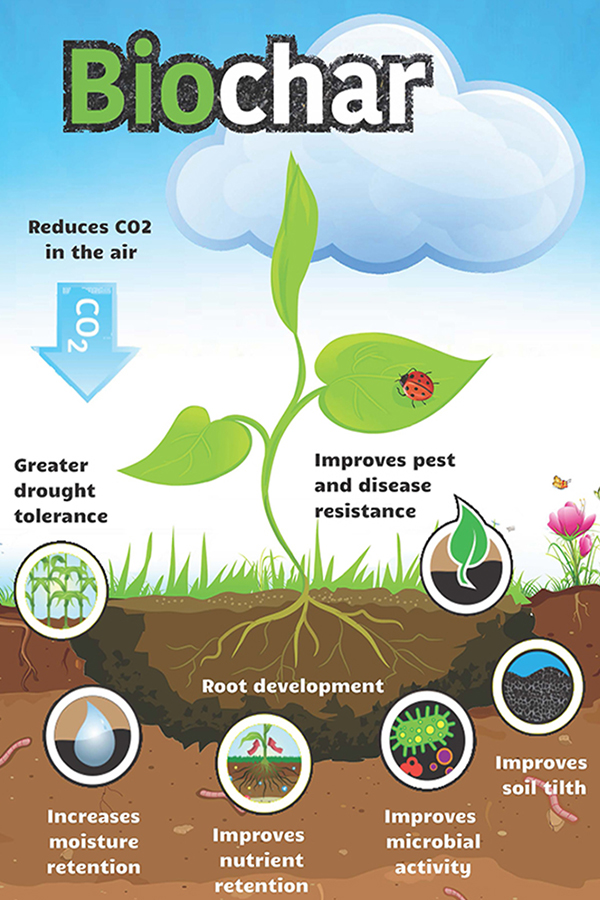
How Activated Charcoal can Help with Parvovirus Parvovirus is a disease that attacks the small intestine lining, causing it to…
Topsoil erosion threatens our ability to produce food. It is estimated that there is only 60 years of farmable soil…
EMF Damage in your body There is a lot of talk about the danger of EMF technology, especially as the…
Did you know Carcinogens are in our midst? We tend to think that all body care products are safe, but…
Fluoride: Is It Good For Us? Water is currently our main dietary source of fluoride, but there’s very little hard…